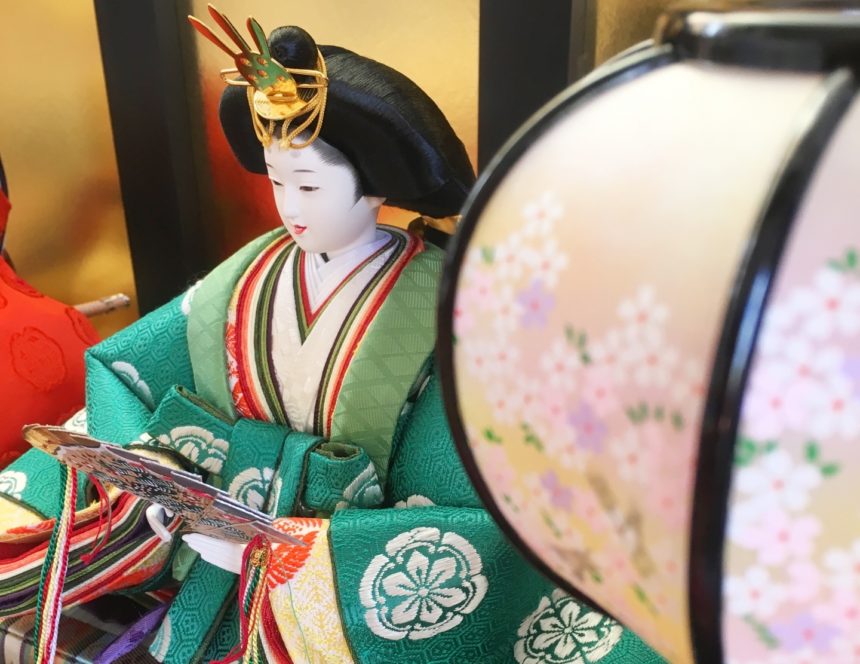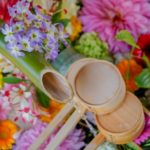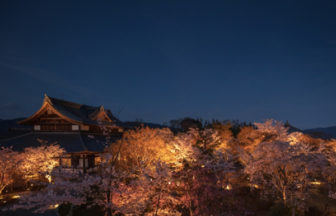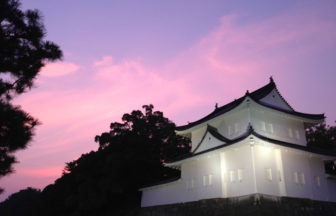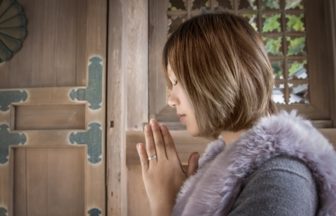March 3rd is Hina Matsuri (Girl’s Day) in Japan when families with young daughters traditionally display hina dolls in their homes. They are filled with characters from ancient imperial court life. Hina Matsuri is the day to pray for young girls.
For those with daughters, interested in traditional Japanese clothing, be sure not to miss this event.
What is Girl’s Day?
If you were to directly translate it, it would be “Onnanoko no hi” but that word is actually used little girls as a code word for the period.
So we suggest you use “Hina Matsuri”.
Hina Matsuri is a seasonal festival that takes place in March with traditions to pray for the happiness and health of the girls hence “Girl’s Day.”It’s also known as doll’s day or the doll festival because households with daughters will display Hina dolls in ancient court costumes called Hina Ningyo on some steps like a platform called a Hina-dan. They are said to protect the girls making sure their healthy, their prosperous lives and that they have good marriage luck. Hina dolls are extremely extravagant, really detail-oriented and super expensive.
The ritual of Hina matsuri comes from the Chinese calendar. In old-time, the Chinese people would wade in the river to wash away the bad luck. This tradition was brought into Japan during the Nara period and eventually evolved into not waiting in the river. But transferring bad luck to dolls made out of paper or hey called Hina ningyo. Hina means baby birds so it basically means tiny or little. They would transfer all the bad luck to the dolls and then throw them down the river in what was called Hina nagashi. Originally this Hina nagashi event was only conducted by royalty but it began spreading to the general public. The girls of the villages started playing with Hina dolls. The act of playing with these dolls was called “Hina asobi”. Asobi means “to play”.And once that happened, the dolls started to get more and more advanced. They started to look better and better, you know doll making techniques were advancing. Once they started to advance, people thought it was a waste to throw them down the river so they started displaying them. That leads to the Hina doll display that we have today.
The girls that display the Hina dolls have to clean the dolls and put them away right after March 3rd or else they’re said to have bad marriage luck.
Hina Matsuri (Girl’s Day) in Kyoto
Doll Exhibition at Hokyoji Temple
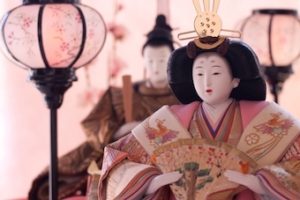
Hokyoji Temple is known as “the Doll Temple”, stores a lot of traditional dolls and it opens only twice a year for doll exhibitions. During the exhibition, many Hina dolls are displayed made in Kyoto and other prefectures. A dance and song are performed by some women in traditional kimono as a dedication to the Hina matsuri ritual.
Information
Date:
March 1st to April 3rd
Time:
10:00〜16:00 Close the gate
Admission Fee:
600 yen (Adult), 300 yen(Younger than 16-year old)
Address:
547 Dodo Cho, Teranouchi dori, Horikawa Higashi iru, Kamigyo Ku, Kyoto 602-0072
Access:
・1-minute walk from “Horikawa Teranouchi” bus stop on the Kyoto Bus #9 at Kyoto Station
・15-minute walk from “Imadegawa” or “Kuramaguchi” St. on the Subway Karasuma Line
Floating Hina Doll Ritual at Kamigamo Shrine
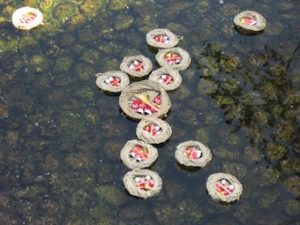
For the Nagadhibina ritual, a couple dressed in Heian Period style clothing to represent the Emperor and Empress dolls of a hina set in setting special straw doll figures in the sacred stream at the shrine and letting them flow away. Visitors are able to do the floating hina doll after the ritual and receive the lucky charm and flowers from the shrine.
Information
Date:
March 3rd
Time:
10:30〜
Admission Fee:
500 yen per a doll
Address:
Kamigamo Shrine; 339, Kamigamo Motoyama, Kita Ku, Kyoto 603-8047
Access:
・In front of “Kamigamo jinja mae” bus stop on the Kyoto Bus #4 at Kyoto Station
・A 15-minute walk from “Kitaya” Station on Subway Karasuma line
Hiina Matsuri at Ichihime shrine
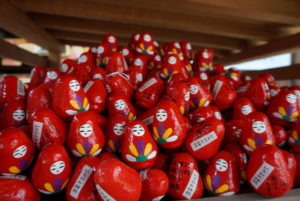
Ichihime shrine is a popular shrine among women because it has a strong connection to them. It’s no surprise that Ichihime Shrine is host to the unique Girl’s Day event in Kyoto.
There is a “living doll set” at the Hito- Machi Koryukan across the shrine. A dressing demonstration of the clothing worn by the Emperor and Empress is presented step by step.
After this demonstration, the whole set is assembled with three court ladies and five musicians. A dance performance by the court ladies and the music by five musicians are performed.
Information
Date:
March 3rd
Time:
13:30〜
Admission Fee:
Free
Address:
Kawaramachi Gojo Sagaru Nifhiiru, Shimogyo Ku, Kyoto 600-8119
Access:
・A 3-minute walk from “Kawaramachi Gojo Shomen” bus stop on the Kyoto City Bus #4,205,17 at Kyoto Station
・A 5-minute walk from “Kiyomizu Gojo” Station on Keihan line
・A 10-minute walk from “Gojo” Station on Subway Karasuma line
*The ritual could be canceled without notifications because of the affection of coronavirus.
Do you need more information?
You should receive such local information of Kyoto by an application “KoI APP”.
With this application, even if you don’t have Wi-Fi, you can find nearby stores and so on.
You can install the application from the following URL.


